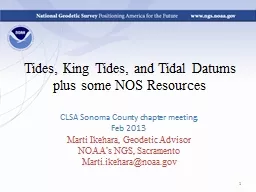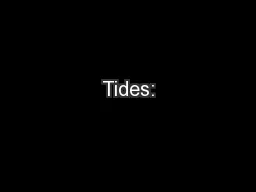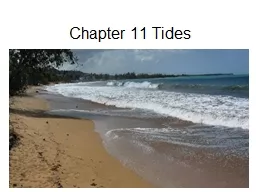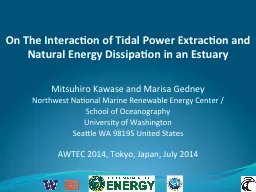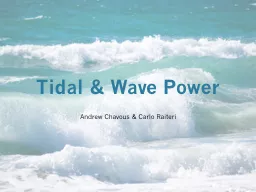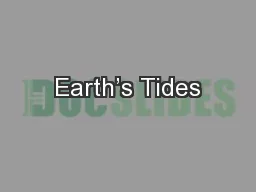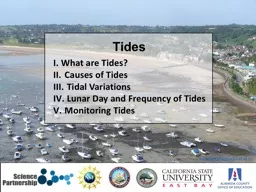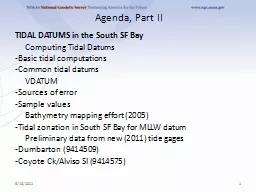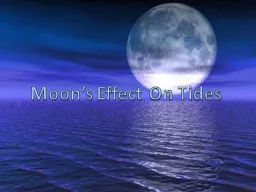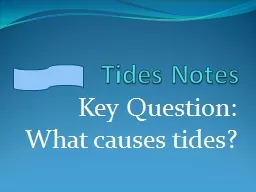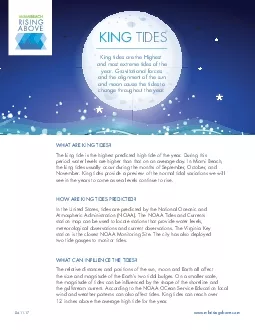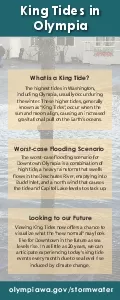PPT-Tides, King Tides, and Tidal
Author : pasty-toler | Published Date : 2018-11-03
Datums plus some NOS Resources Marti Ikehara Geodetic Advisor NOAAs NGS Sacramento Martiikeharanoaagov CLSA Sonoma County chapter meeting Feb 2013 1 12 King Tide
Presentation Embed Code
Download Presentation
Download Presentation The PPT/PDF document "Tides, King Tides, and Tidal" is the property of its rightful owner. Permission is granted to download and print the materials on this website for personal, non-commercial use only, and to display it on your personal computer provided you do not modify the materials and that you retain all copyright notices contained in the materials. By downloading content from our website, you accept the terms of this agreement.
Tides, King Tides, and Tidal: Transcript
Download Rules Of Document
"Tides, King Tides, and Tidal"The content belongs to its owner. You may download and print it for personal use, without modification, and keep all copyright notices. By downloading, you agree to these terms.
Related Documents

